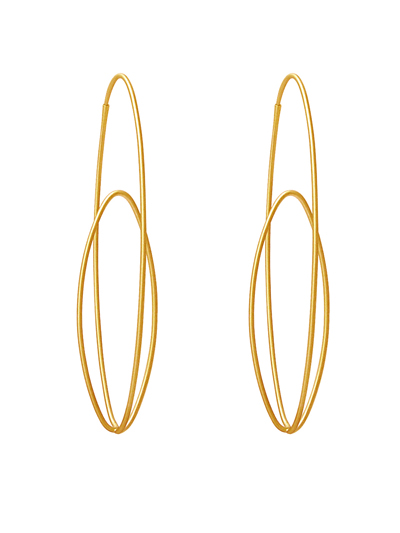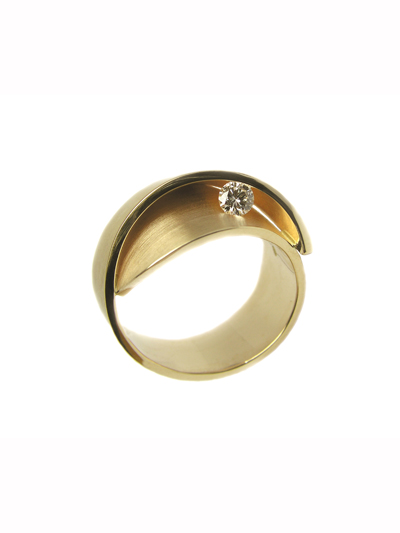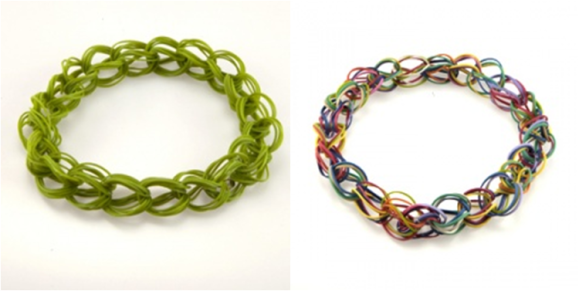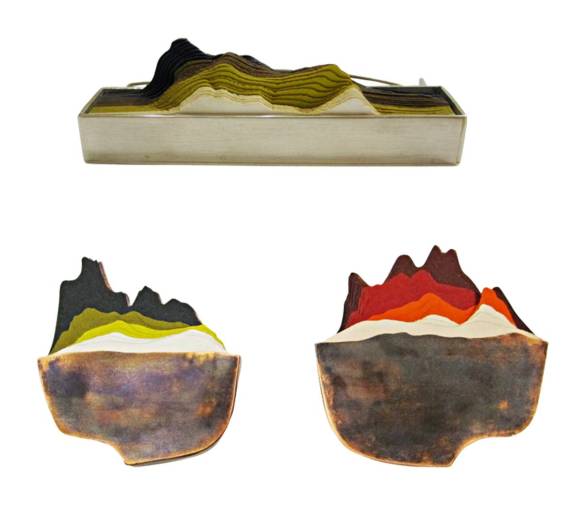As you already know, the most famous material using in jewellery by Chinese, through the centuries, and since 5000 BC is Jade. You also have heard about coral, pearls, turquoise and precious metal such silver and gold. But today I want to highlight a material not well knew by western people, and which I was really amazed by when I discovered it. Another material used a lot during many years and really expensive is the kingfisher feather. The Kingfisher bird is highly esteemed by the Chinese for its colour and celebrated in poetry and song by Chinese from ancient times. The feathers were mostly used to give colour to tiaras and other head pieces. Over the centuries, the Kingfisher’s blue colour feather became highly prized and extremely sought after as an inlay in decorative arts. Kingfisher feather were used by the Chinese to denote status, wealth and royalty. Today prohibited, the kingfisher bird was killed in order to collect the precious bright blue feathers. When you know how tiny the animal is, you understand why after many years of hunting mostly during the Qing dynasty (1644-1911) the small bird has almost disappeared in Asia. The technique, called tian-tsui, means “dotting with kingfishers” that involves using glue to adhere the feathers onto vermeil, or silver. The technique has disappeared during the Chinese Revolution in the 1940’s.
But if I am talking about a technique not used anymore, it is obviously to introduce an artist who’s related to it. In 2006, after her master in Fine art, Tzu-Ju Chen, an American jeweller has researched and experienced the lost technique. The jeweller has been an artist at residence at Xiamen University, Fujian Province, China and also a lecturer at the Central Academy of Fine Art, Beijing, China. Both places allowed her to be in the country of the origins of the kingfisher feather tradition.
I like her whole work, but here I want to focus on the series called “China, silhouettes of memory». Tzu-Ju Chen uses the famous bright blue feathers with Chinese paper money, coral, turquoise, old found photos of Chinese families… She also used peacock feathers into a piece instead of the kingfisher ones. The result is really different, darker! You realise how the kingfisher blue is bright when you compare with the peacock! In Chinese traditions, paper money is burn during the funerals (with other objects).
“Chinese mourners have been burning funeral paper — known as joss paper, or dzi-dzat — for centuries. Traditionally, stacks of bamboo or rice paper bank notes were burned in braziers before the body of the deceased was lowered into the ground. Practitioners of the ritual, derived from a mix of Taoism, Buddhism and regional folklore, believe that burning paper money equates to making advance deposits into an afterlife bank account that the deceased’s spirit can access in heaven.” 12/02/2008, Tiffany Hsu , Los Angeles Times
I first thought the paper money used into her pieces was metal! That is what she wants! She wants us to look closer to the objects to appreciate the details, the techniques and the materials! Paper money which is normally burnt is using here as a new material to make jewellery. Because of its meanings, the jewellery with paper money is telling us something. Something about death, something about Chinese traditions, something about mourning. I think it is also a way to interest western people to Chinese culture.
I really love the details! The combination with small and tiny coral or emerald beads. The different layers of paper money, the thin lines draw by the feathers! The colours and the technique use to link and set the different parts and materials together. Tzu-Ju Chen melts monofilament wire (the one using in fishing) to bind beads, etc. When I’m watching her work I really want to see more details, to get closer and closer to appreciate the materials. I want to touch it as well, to feel the various surfaces and aspects of the jewel: the kingfisher feather, the beads, the paper money, etc. I think I would be really interesting to manipulate the pieces without seeing it. All the bumps created by the melted monofilament to connect the different layers of paper money could be seen as a “Braille drawing” onto the jewel surfaces!
I also appreciate to see a face in black and white hide behind a paper money phoenix into the piece titled “Shanghai Girl”. She’s like a ghost, and she wants to tell us something. The silhouettes using into “Dragon Entourage”, are not using in the same way. Here the people have been contoured and used more like patterns on the surface of the necklace. At first I didn’t saw it was an old photo! I thought it was only black and white paper. And same effect for the pair of earrings “Golden Flower”. Again, you see how it’s important to be close to Tzu-Ju’s work, every detail telling us a story about China, its traditions and beliefs!
“I work with intrinsic materials, combining the traditional with the unexpected to elevate their status and reassign their function as jewelry. […] I also reference familiar symbols like the phoenix which are rearranged to create new silhouettes and meanings. Graphic elements, for instance, are layered to create textures, while old photographs may portray events but as well as a sense of action. Through these methods, I create new context.”
You can also see the rest of Tzu-Ju’s work on her website.
(more details and names of the pieces if you go on the photo.)






































































